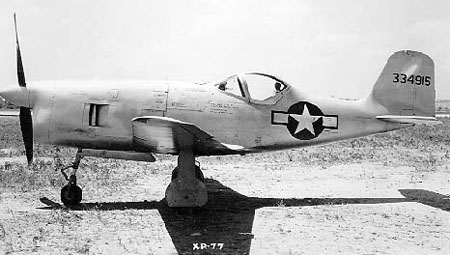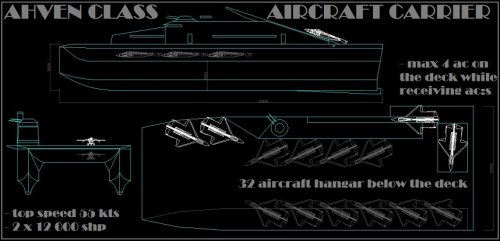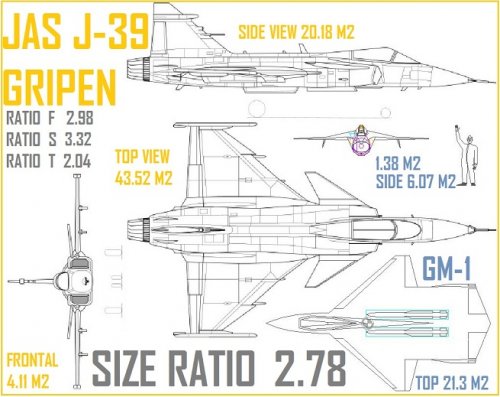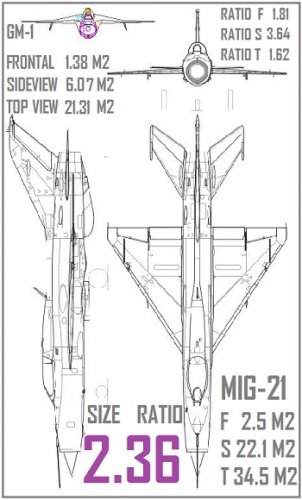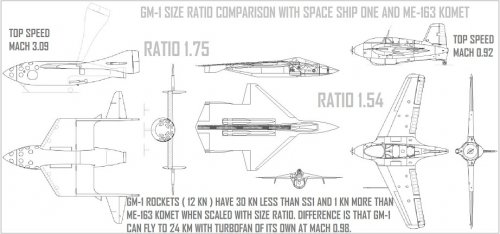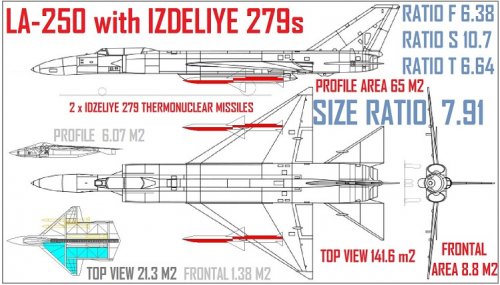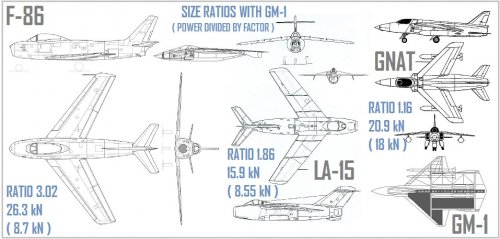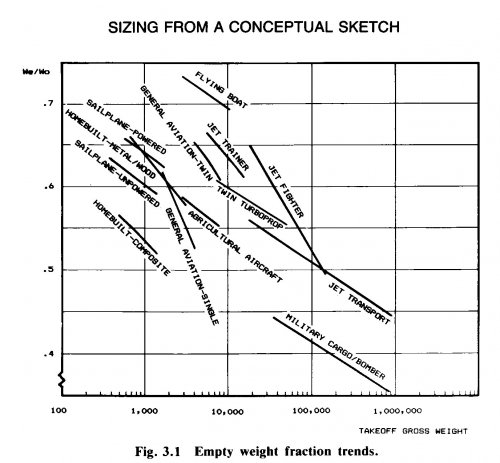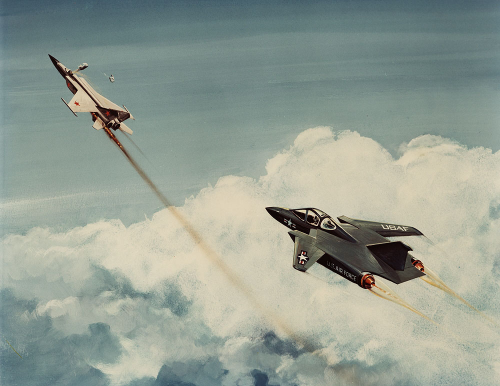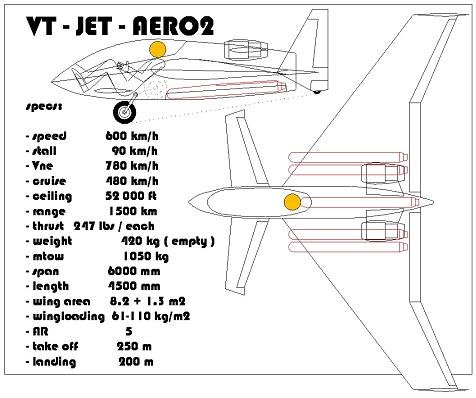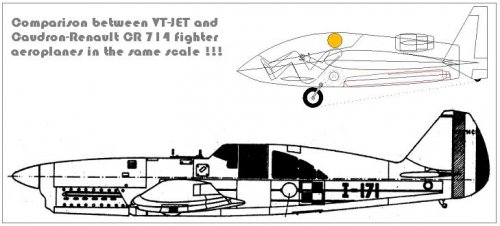topspeed3
ACCESS: Secret
- Joined
- 31 January 2011
- Messages
- 329
- Reaction score
- 116
SpudmanWP said:If there is a Fox3 then your plane is likely toast. It ain’t coming back. A $1.5 mil AMRAAM-class missile is completely worth it if it means completing the mission and splashing an enemy fighter (of any worth) in one shot.
If the plane in 30ft long then it’s a 30ft “black hole” moving at several hundred miles per hour.
If you are forced to bail, then you failed your mission and your airfield is likely toast. No more missions for you.
Btw, what’s a BRS?
Ballistic recovery system/chute.
Like I said ..a plane RCS size of a pin head or 5 times smaller than F-22 won't get into trouble with missiles.
I mentioned this measures only 28 ft 7 in.

